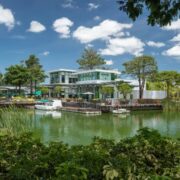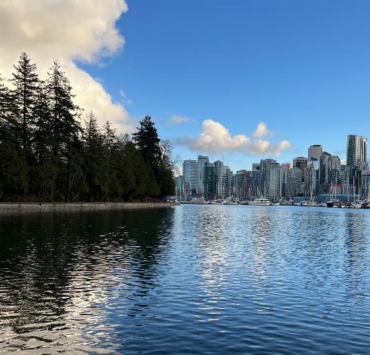The economics of developing mixed-use communities
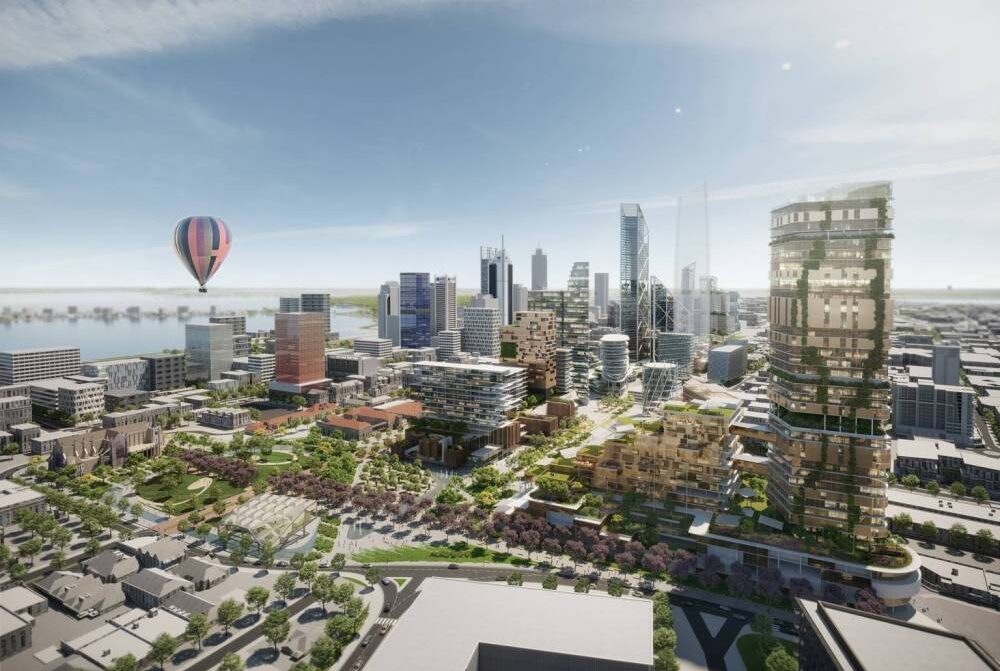
Developers emphasize creating efficient transportation systems, reliable utilities, and advanced communication networks in estate developments. This focus ensures that residents experience seamless daily operations and connectivity.
According to the Philippine Statistics Authority (PSA), the average construction cost for institutional buildings in the Philippines was approximately P21,513.01 per sqm as of July 2024. This figure highlights the significant investment required to establish the necessary facilities and services that support a thriving community.
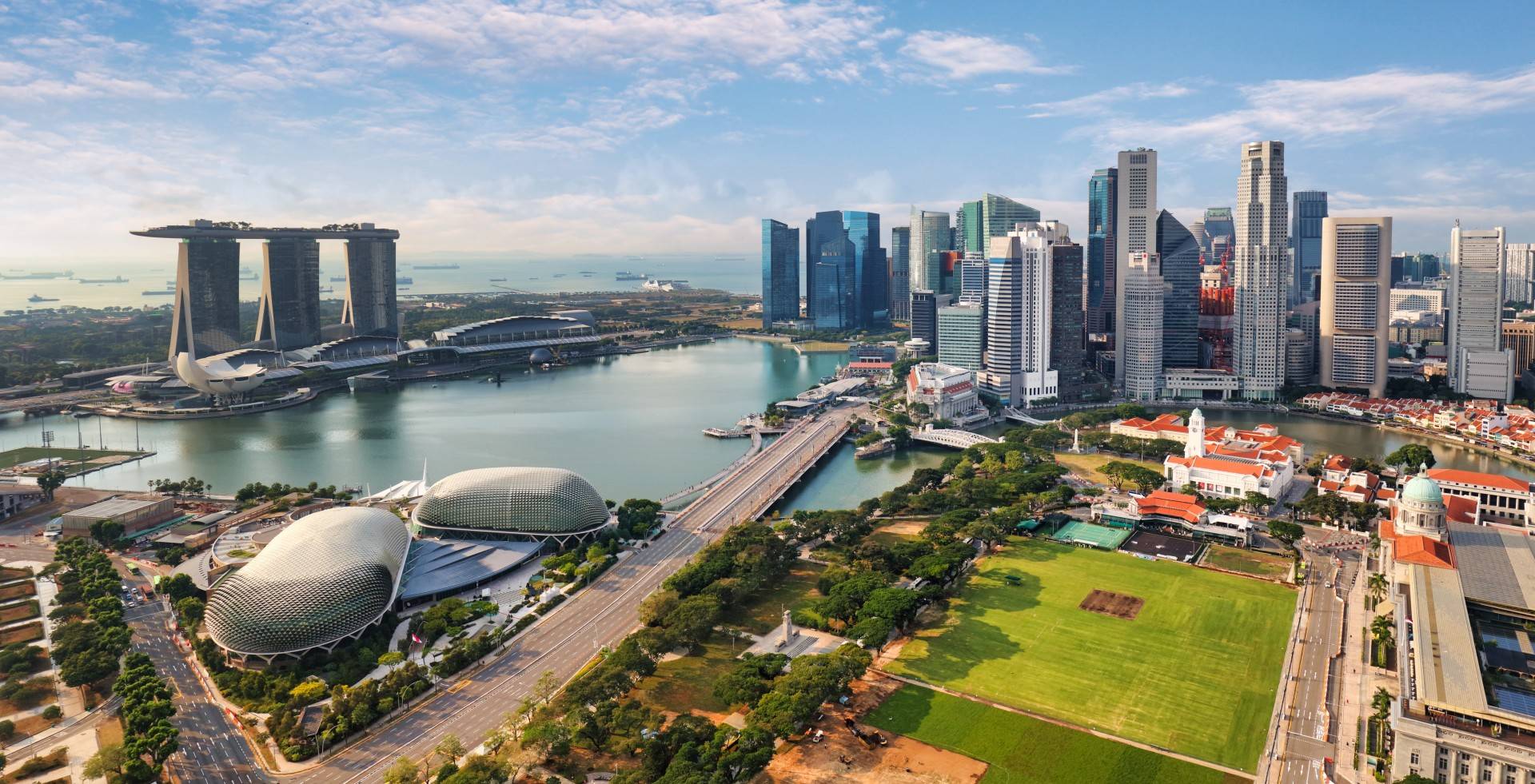
Variety in residential solutions
The cost of constructing residential buildings varies based on design, materials, and location.
As of 2024, the average construction cost for condominiums in Metro Manila ranges from P25,000 to P50,000 per sqm, with luxury developments going even higher. Mid-range projects typically cost from P35,000 to P45,000 per sqm, while budget condominiums start at approximately P25,000 per sqm (Construction Industry Authority of the Philippines).
Developers must carefully plan the housing mix to balance affordability with profitability. By doing so, they can ensure that the community, estate or township attracts a broad demographic and contributes to a vibrant and dynamic community.
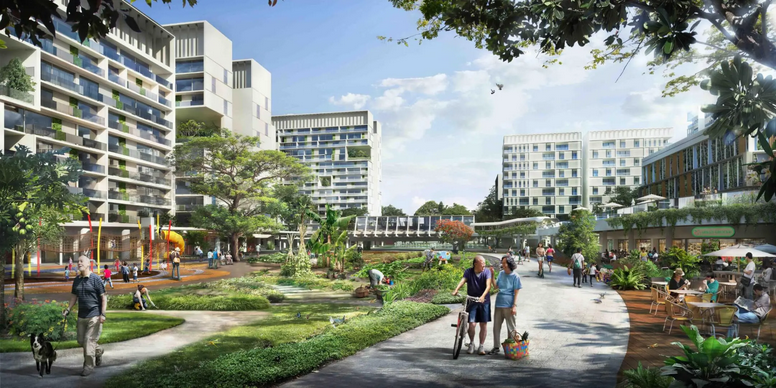
Economic hubs and leisure facilities
Integrating commercial centers and recreational amenities within the community reduces the need for residents to travel outside for work or leisure.
This self-sufficiency enhances convenience and quality of life. Commercial establishments, such as retail stores and office spaces, stimulate economic activity and provide employment opportunities within the community.
Recreational facilities, including parks, sports complexes, and cultural centers, offer residents spaces to relax and engage in social activities. These amenities contribute to the community’s overall well-being, making it a more attractive place to live in.
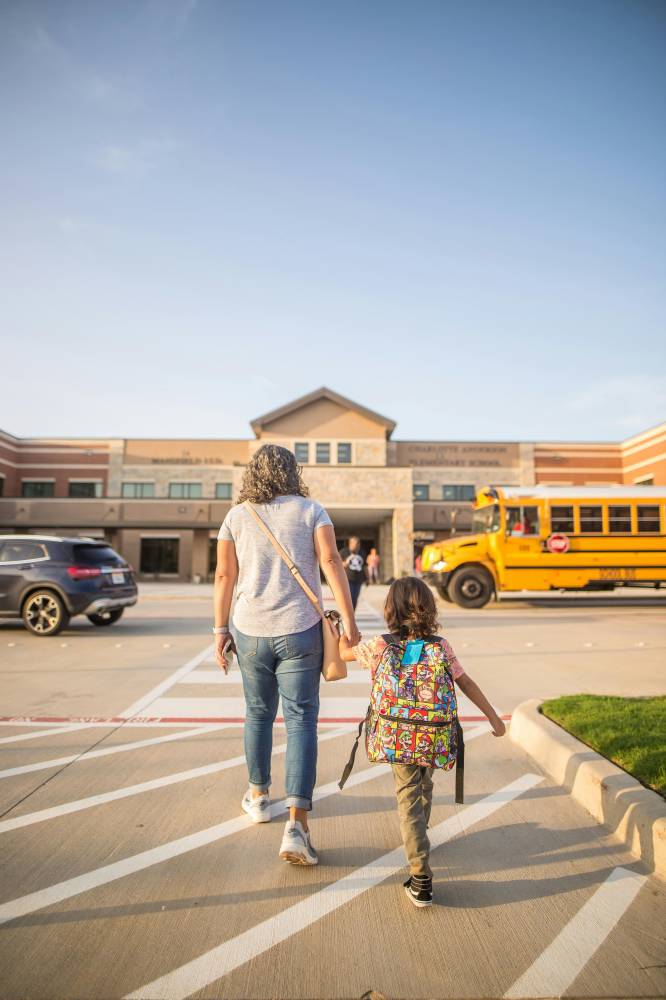
Access to essential services
Ensuring residents have access to essential services like education and healthcare is a cornerstone of successful development.
Establishing schools and healthcare facilities within the community provides convenience and enhances the community’s overall appeal, making it a preferred choice for families.
The construction of these facilities involves considerable costs. For instance, building universities, research laboratories, and hospitals requires substantial infrastructure, equipment, and staffing investment.
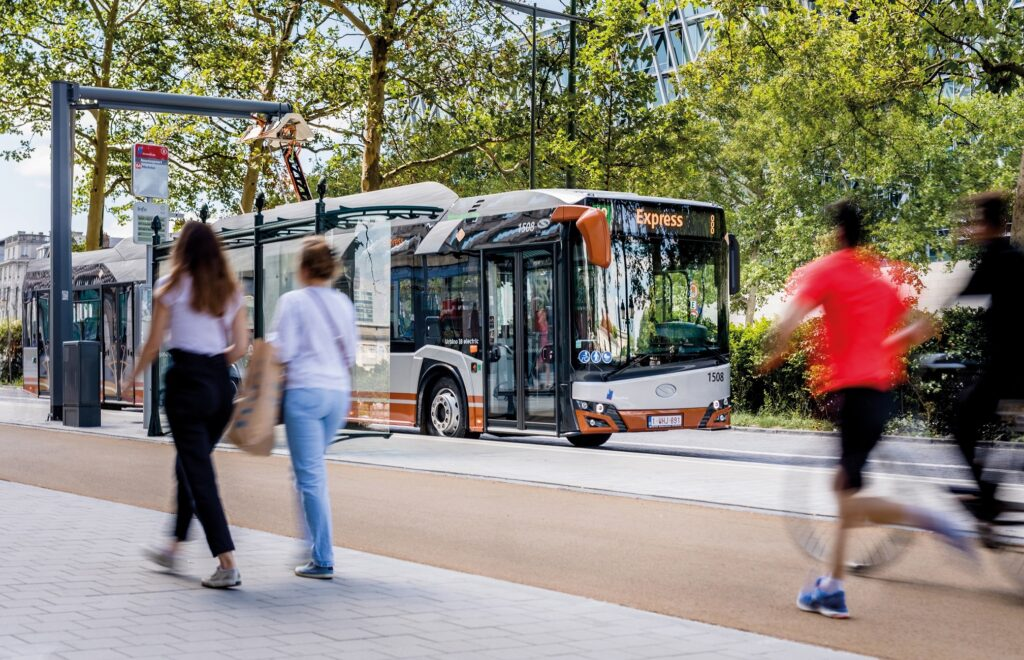
Financial considerations and profitability
Developing an integrated development is a significant financial undertaking.
Developers must invest in land acquisition, infrastructure development, construction of residential and commercial properties, marketing efforts, and establishing essential services. These investments are substantial in scale but necessary to create a comprehensive and appealing community.
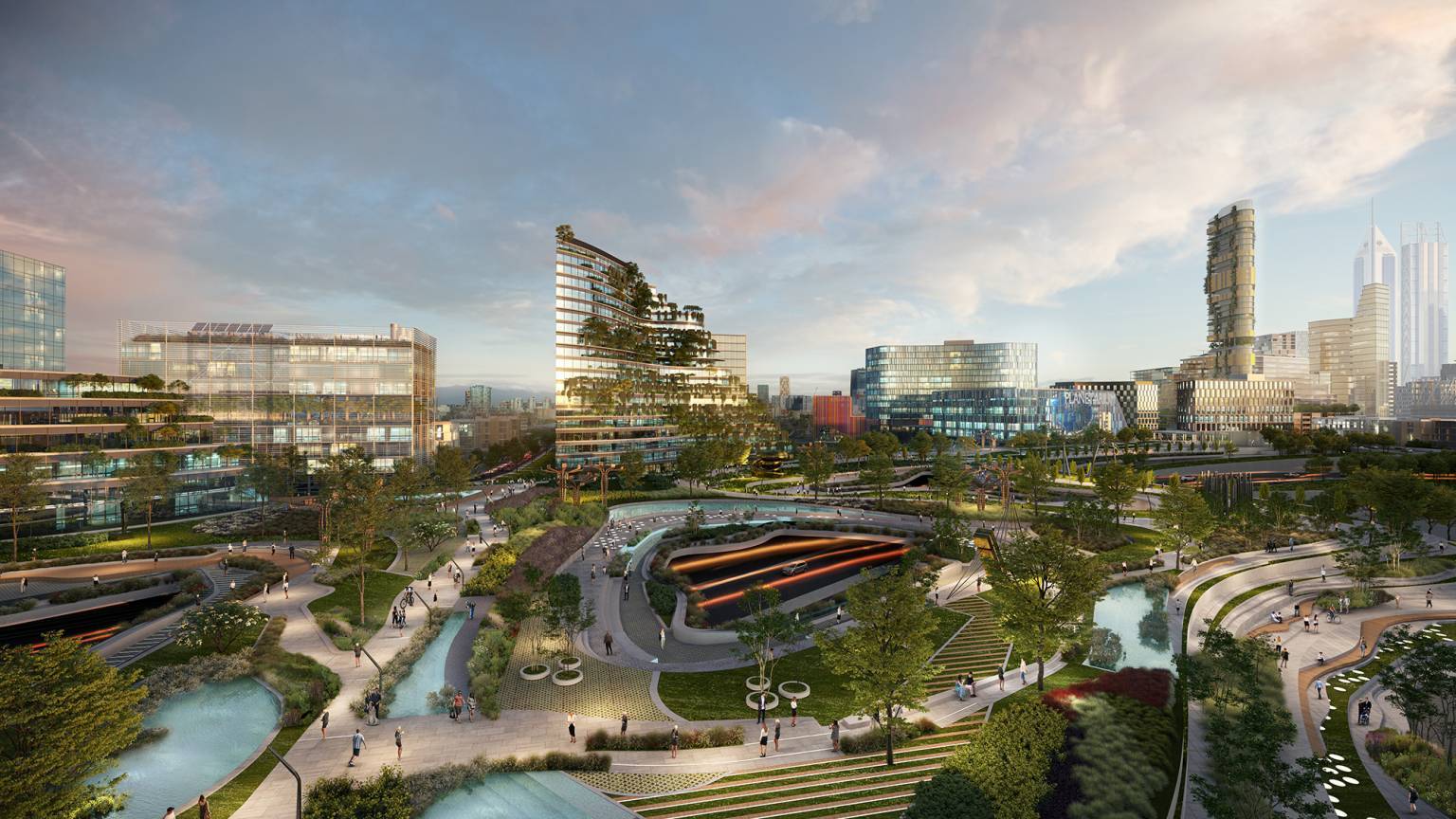
Despite the high initial costs, integrated developments can be highly profitable. Their comprehensive nature attracts a wide range of residents and businesses, leading to high occupancy rates and strong demand.
Over time, property values within integrated communities are likely to appreciate, providing significant returns on investment.
The author (www.ianfulgar.com), is a leading architect with an impressive portfolio of local and international clients. His team elevates hotels and resorts, condominiums, residences, and commercial and mixed-use township development projects. His innovative, cutting-edge design and business solutions have garnered industry recognition, making him the go-to expert for clients seeking to transform their real estate ventures













